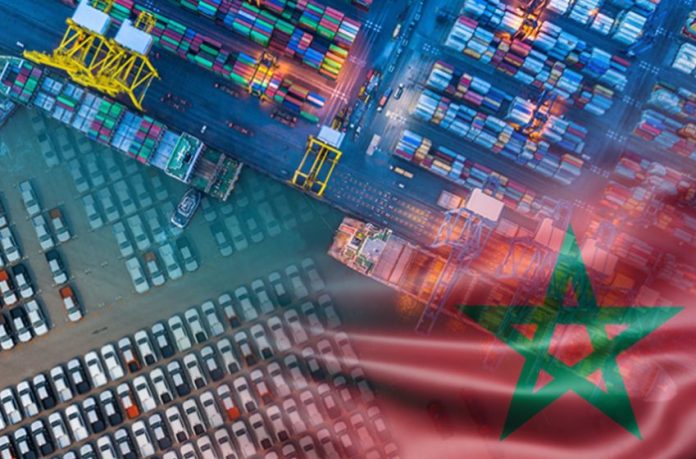Morocco continues to hold its ground as a key destination for foreign direct investment in the Middle East and Africa, even as the region grapples with a steep decline in overall investment flows. According to the “FDI 2025” report by FT Locations, a subsidiary of the Financial Times, Morocco recorded 96 new foreign investment projects in 2024, a modest increase of 1.1% compared to the previous year. That growth, though slight, was enough to maintain the country’s position as the sixth most attractive destination in the region by number of projects.
What makes this performance notable is the broader regional downturn. Across the Middle East and Africa, total capital investment plummeted by over 40%, falling to $158.3 billion—even though the total number of projects remained relatively stable, dipping slightly from 2,699 in 2023 to 2,687 last year. Africa was hit especially hard, suffering a 49% drop in investment, while the Middle East fared slightly better with a 36.7% decrease. The report suggests that while international investors are continuing to launch new projects, they are increasingly cautious, committing smaller amounts of capital than in previous years.
Within Africa, Egypt emerged as the clear leader in terms of investment volume. The country attracted more than $54.5 billion across 139 projects. Among the most significant was a $1.65 billion industrial complex initiated by China’s Hebei Shinfeng Steel in Al-Ain Al-Sokhna. Egypt also drew headlines with plans for a massive new urban development—Ras El Hekma—backed by UAE sovereign wealth fund ADQ, with a pledged investment of $24 billion.
Regionally, the United Arab Emirates remains far ahead of the pack, registering 1,325 projects in 2024—a 2.3% rise from the previous year. Saudi Arabia follows with 364 projects, then South Africa with 149, Egypt with 139, and Qatar, which saw a 40% surge to reach 122 projects. Morocco came in just behind Qatar but ahead of Oman (39 projects) and Bahrain (31). Meanwhile, some of Africa’s other key economies—namely Nigeria and Kenya—saw declines of 23% and 18.5% respectively in their project counts, signaling a slide in investor confidence.
On a global scale, 2024 saw over 17,000 investment projects announced, with a total value of $1.29 trillion and more than 2.4 million jobs created. While the number of projects grew slightly by 0.82%, the total amount invested dropped by 6.1% compared to a record-setting 2023. Still, the report points to a strong post-COVID recovery, with investment volumes nearly back to their 2019 levels.
The Asia-Pacific region continues to dominate the investment landscape, attracting more than $394 billion—roughly one-third of global capital. The region also recorded its highest project count since 2018 and topped 1.1 million jobs created. North America, too, enjoyed a significant rebound in both project numbers and investment value.
Large-scale projects—those exceeding $1 billion—accounted for more than 40% of global investment value, with manufacturing driving the trend. This sector alone captured over 60% of the total capital from these mega-deals. Semiconductor production was especially prominent, generating 19 major projects worth $108.5 billion, led by tech giants like TSMC and Samsung.
The United States retained its lead as the top recipient of “greenfield” foreign direct investment, while India continued to gain ground as a rising star, increasingly viewed as one of the most promising markets for the mid-term future.
